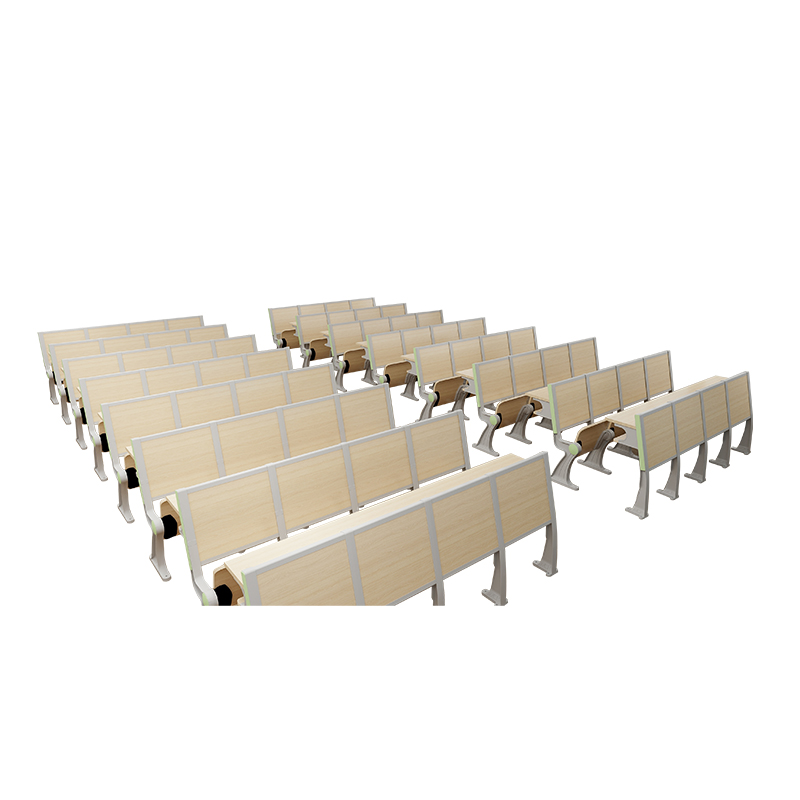Student teacher supplies are essential tools that help educators manage their classrooms effectively, create engaging lessons, and foster a positive learning environment. These supplies range from basic materials needed for lesson planning and grading to more specialized tools that support student engagement and collaboration.

One of the common supplies for student teachers is a planner or organizational system. A well-structured planner helps teachers stay on top of lesson schedules, student progress, and upcoming assessments. Additionally, having a reliable planner allows for smooth communication with students and colleagues, ensuring that nothing slips through the cracks. Other key supplies for student teachers include lesson plan templates, instructional resources like textbooks or digital content, and grading tools, which help evaluate students understanding and track their academic progress.
For classroom management, supplies like timers, whiteboards, bulletin boards, and organizational bins are invaluable. Timers, for instance, can help manage time effectively during lessons or activities, promoting a sense of urgency and organization among students. Whiteboards and markers are versatile tools for quick exercises, interactive lessons, or displaying information, while bulletin boards and displays can highlight student achievements or reinforce key concepts visually.
Additionally, student teachers often benefit from having a selection of classroom materials on hand for students, including pens, notebooks, sticky notes, and other supplies that support their work. Ensuring that the classroom is equipped with these resources can minimize distractions and keep students focused on learning.
Collaborative classroom desks are designed to foster group learning, collaboration, and communication among students. These desks are a vital part of creating a dynamic and interactive learning environment that encourages teamwork and collective problem-solving. Unlike traditional desks that often isolate students, collaborative desks are arranged to enable easy interaction and cooperation.
One of the primary advantages of collaborative desks is their flexibility. Many of these desks are modular, allowing teachers to rearrange them to suit different teaching styles or lesson plans. For example, they can be grouped in clusters for collaborative activities, set in rows for individual tasks, or arranged in a circle for class discussions. This adaptability ensures that the classroom layout can be quickly altered depending on the type of activity or the size of the group.
The design of collaborative desks typically includes features that enhance the collaborative experience, such as shared workspaces, accessible storage for materials, and spaces for students to connect electronic devices. Some desks even come with built-in power outlets or charging stations, allowing students to charge laptops or tablets without the need for additional extension cords.
Another benefit of collaborative desks is that they help students develop essential social and communication skills. As students work together on projects, solve problems, or engage in discussions, they learn how to share ideas, listen actively, and contribute to group decisions. These interactions prepare students for teamwork in future academic or professional environments.
Adjustable classroom chairs are an important piece of furniture in modern educational environments. These chairs are designed to provide comfort, support, and flexibility, ensuring that students can maintain proper posture and focus throughout the school day. Unlike traditional, fixed chairs, adjustable chairs can be customized to suit the individual needs of students, promoting a healthier and more productive learning environment.
One of the main advantages of adjustable classroom chairs is their ability to accommodate students of different sizes and ages. Many chairs feature adjustable seat heights and backrests, allowing students to find the comfortable and ergonomically correct position for their body. This flexibility is particularly important in classrooms with a diverse group of students, where uniform seating may discomfort and potential health issues, such as back or neck pain.
In addition to physical comfort, adjustable chairs contribute to student engagement by allowing for movement. Some models include features like swivel capabilities or tilt mechanisms, which enable students to adjust their seating positions or rotate within their chair. These options can help students stay focused, as they allow for occasional movement without disrupting the class.


 English
English русский
русский Español
Español عربى
عربى
